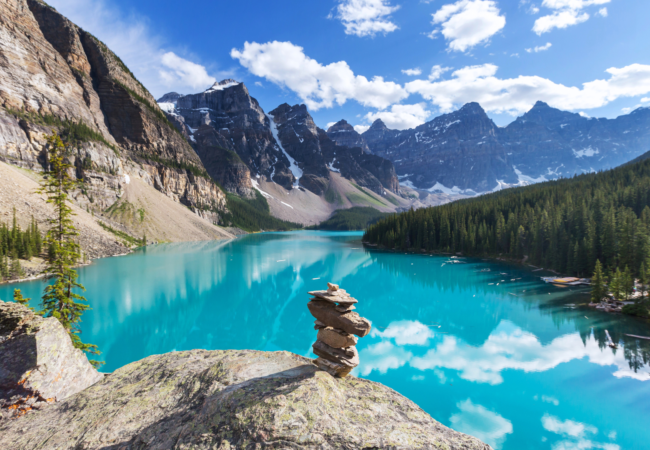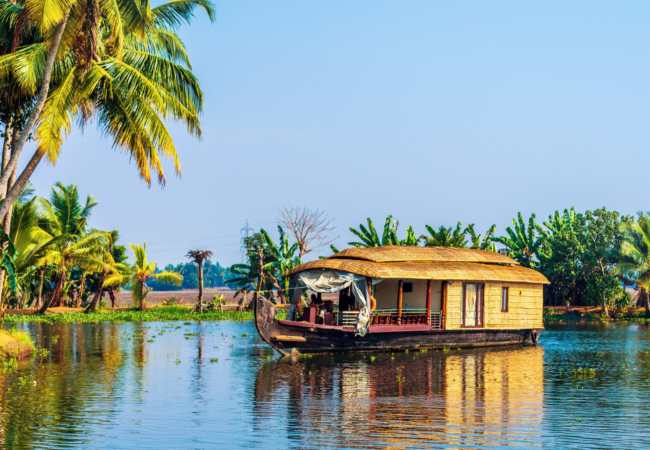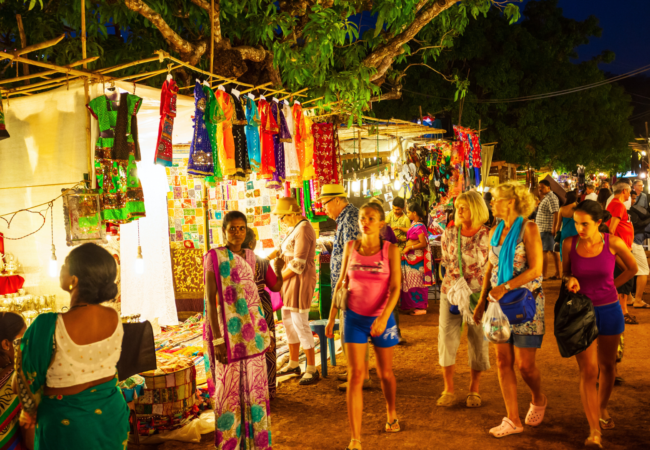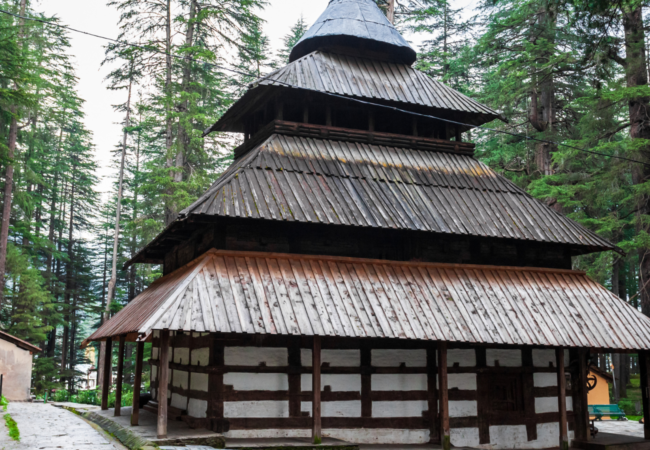Jammu and Kashmir, often referred to as “Paradise on Earth,” is a region renowned for its breathtaking landscapes, rich history, and vibrant cultural heritage. Situated in the northernmost part of India, it shares borders with Pakistan and China, contributing to its diverse cultural influences.
Historical Overview
The history of Jammu and Kashmir is a tapestry woven with various dynasties, cultures, and political changes. In ancient times, the region was known as “Kashmir,” a name derived from the Sanskrit term “Kashyapa-meru,” meaning “the land of sage Kashyapa.” Buddhism flourished here between the 3rd and 8th centuries CE, with scholars like Kalidasa and Vasubandhu contributing to its intellectual legacy.
The 14th century saw the arrival of Islam, introduced by missionaries and traders. This led to the establishment of Muslim rule, notably under the Shah Mir dynasty. The Mughal Empire later annexed the region, leaving an indelible mark on its architecture and culture. Post-Mughal rule, the Dogra dynasty emerged in the 19th century, integrating Jammu and Kashmir into the Indian Union post-independence in 1947.
Famous Places to Visit
Jammu and Kashmir boasts a plethora of destinations that captivate travelers with their natural beauty and cultural significance.
1. Srinagar
The summer capital of Jammu and Kashmir, Srinagar, is famed for its picturesque Dal Lake, where houseboats and shikara rides offer a unique experience. The Mughal Gardens, such as Nishat Bagh and Shalimar Bagh, exemplify the region’s rich Mughal heritage. Religious sites like the Shankaracharya Temple and Jamia Masjid further enrich the city’s cultural tapestry.

2. Gulmarg
Known as the “Meadow of Flowers,” Gulmarg is a hill station and ski resort in the Pir Panjal range. It features the Gulmarg Gondola, one of the highest cable cars globally, offering panoramic views of the surrounding snow-capped mountains.
3. Pahalgam
Situated at the confluence of the Lidder River and the stream from Sheshnag Lake, Pahalgam is a serene town known for its lush meadows and as a base for the Amarnath Yatra pilgrimage. The Betaab Valley and Aru Valley nearby are popular for trekking and camping.
4. Leh-Ladakh

Although geographically distinct, Leh-Ladakh is administratively part of Jammu and Kashmir. Known for its barren beauty, monasteries, and as a hub for adventure sports like trekking and biking, it offers a stark contrast to the lush valleys of the region.
5. Jammu
The winter capital of the state, Jammu, is renowned for the Vaishno Devi Temple, a significant Hindu pilgrimage site nestled in the Trikuta Hills. The Mubarak Mandi Palace showcases a fusion of Rajasthani, Mughal, and European architectural styles.
6. Akhnoor

Located on the banks of the Chenab River, Akhnoor is home to the historic Akhnoor Fort, built by King Bahulochan. The fort offers insights into the region’s history and provides panoramic views of the surrounding landscape.
7. Sonamarg
Translating to “Meadow of Gold,” Sonamarg is a picturesque town known for its lush meadows, glaciers, and as a base for treks to the Thajiwas Glacier. It’s an ideal spot for camping, fishing, and nature walks.
8. Wular Lake

One of Asia’s largest freshwater lakes, Wular Lake is known for its stunning views and rich ecosystem. It’s a haven for birdwatchers and offers boat rides amidst scenic floating gardens.
Cultural Significance
The cultural fabric of Jammu and Kashmir is a blend of Hindu, Buddhist, and Muslim influences, evident in its festivals, cuisine, music, and dance forms. The region celebrates various festivals like Diwali, Eid, and Losar with great fervor, showcasing its communal harmony. Traditional Kashmiri cuisine, known for dishes like Rogan Josh and Gustaba, reflects the rich culinary heritage influenced by Central Asian and Persian flavors.
Conclusion
Jammu and Kashmir’s allure lies in its diverse landscapes, historical landmarks, and cultural richness. From the serene houseboats of Srinagar to the adventurous terrains of Gulmarg and Leh, the region offers experiences that cater to every traveler. Its complex history adds depth to its identity, making it a destination that fascinates and captivates all who visit.




















